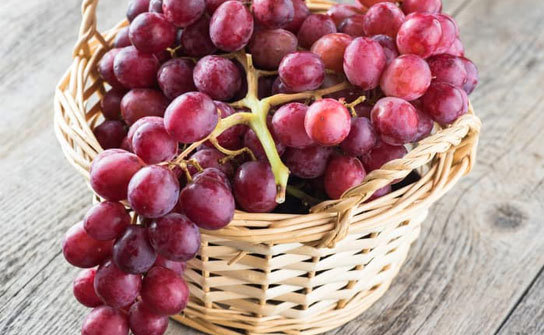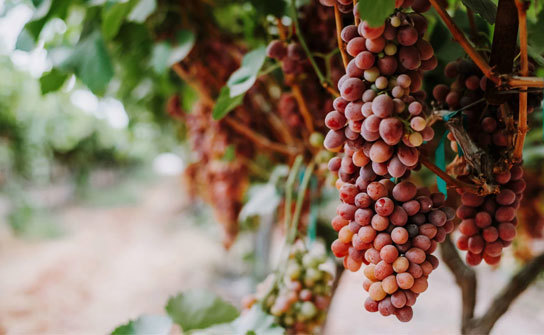 August-11-2023
August-11-2023
View: 2

As candy grape cultivation requires specific expertise and a keen understanding of grapevine genetics, dedicated farmers invest years in perfecting their craft.
In the world of gastronomy, innovation knows no bounds. From exotic fruits to artisanal delicacies, the culinary landscape is constantly evolving. One such remarkable creation that has captured the palates and imaginations of many is the candy grape. These delectable treats, resembling miniature bunches of grapes but tasting like candy, have taken the confectionery world by storm. But have you ever wondered how candy grapes are grown on the farm? The journey from vine to candy-like delight is a fascinating one that involves a blend of science, horticulture, and a touch of magic.
Candy grapes, often adorned with charming names like "Candy Hearts" or "Cotton Candy," are the result of meticulous cultivation practices and a unique approach to grape breeding. To understand the process, we need to delve into the art of grapevine hybridization.

One of the pioneers behind the creation of candy grapes is Jack Higgins, a visionary in the world of horticulture. The secret behind the sweetness of candy grapes lies in the combination of two grape species: vitis vinifera and vitis labrusca. Vitis vinifera encompasses a wide range of grape varieties that are typically used in winemaking due to their complex flavors. On the other hand, vitis labrusca, commonly found in North America, imparts a distinct concord grape juice essence. By merging these two grape species, candy grape growers have managed to produce a fruit that marries the best of both worlds – the rich flavor profiles of vitis vinifera and the irresistible sweetness of vitis labrusca.
The cultivation process starts in the grapevine nursery, where skilled horticulturists carefully crossbreed different grape varieties to create the desired flavor profile. The resulting vines are then planted in the vineyard, where they undergo rigorous care and attention. The grapes' growing environment plays a crucial role in their development, and this is where the real challenge begins.
One of the most challenging grapes to grow, Pinot Noir, provides a lesson in understanding the difficulties faced by grape farmers. Pinot Noir's thin skin, tight clusters, and late ripening make it particularly sensitive to changes in weather and environmental conditions. Similarly, candy grapes, although bred to be sweeter and hardier, require meticulous care to ensure optimal growth.
Candy grapes, often available in limited quantities, have a relatively short season, typically lasting from mid-August to late September. This compressed harvest window intensifies the demand for these delectable treats, driving up their price. Candy grape growers must carefully balance supply and demand to cater to eager consumers within this narrow timeframe. The rarity and unique flavors of candy grapes contribute to their premium pricing.
As candy grape cultivation requires specific expertise and a keen understanding of grapevine genetics, dedicated farmers invest years in perfecting their craft. Pruning, trellising, and disease management are all crucial aspects of grape farming that contribute to the quality of the final product. Moreover, the process of achieving the perfect balance between sweetness, texture, and flavor requires ongoing experimentation and fine-tuning.

The journey from vine to candy grape is indeed a labor of love. The process of merging different grape species, tending to delicate vines, and coaxing them to bear fruit that tantalizes the taste buds is a blend of art and science. Candy grapes represent the harmonious marriage of traditional horticultural practices with cutting-edge breeding techniques.
In conclusion, the cultivation of candy grapes is a fascinating saga that highlights the ingenuity and dedication of modern horticulturists. By carefully blending different grape species and leveraging their unique attributes, farmers create a confectionery marvel that is enjoyed by young and old alike. The challenges inherent in growing candy grapes are emblematic of the intricate relationship between nature and nurture, and the sweet rewards reaped at harvest time are a testament to the unwavering commitment of those who cultivate these remarkable treats. So, the next time you savor a candy grape, remember the meticulous care and expertise that went into transforming a humble vine into a delightful, candy-like indulgence.